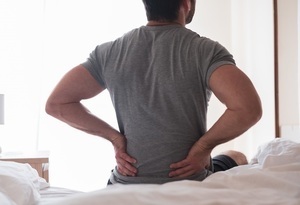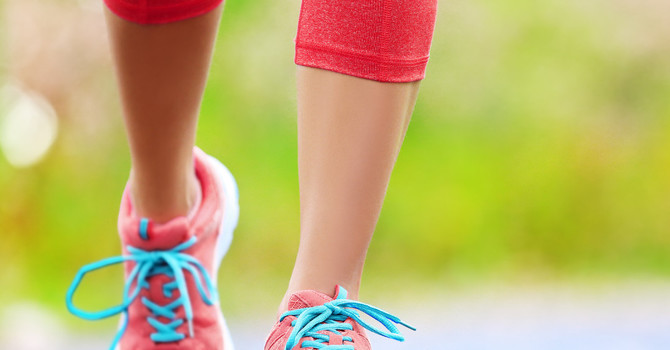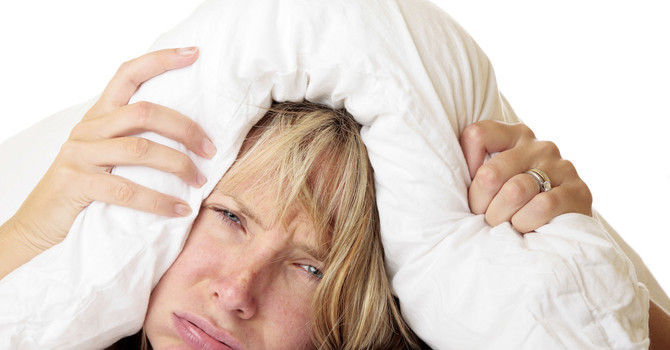
Let’s talk about our hip flexors, what they do, and how to approach stretching them. All of them! Your hip flexors are a group of muscles that aid in hip flexion. Think of pulling and bringing your knee towards your chest. The hip flexor group also plays an important role in maintaining your lumbopelvic posture.
Generally, activities such as running and cycling contribute to shortening the musculature that make up the hip flexors. Also, those who find themselves sitting behind a desk or driving for extended periods, will also suffer from tight hip flexors.
The primary hip flexor muscle is called the iliopsoas, a muscle that is made up of two parts, the iliacus and the psoas. The iliacus portion originates from the pelvis, and the psoas originates from the lower lumbar spine. They both attach to the hip. Another muscle that is part of the hip flexor group is the rectus femoris, which is one of the four quadriceps muscles, and the only part of the quadriceps that crosses the hip joint. The tensor fascia latte (TFL), the muscular component of the IT band, also assists with hip flexion.
Tightness of the hip flexor group can contribute to lower back pain because of the impact that its tightness can have on the position of the pelvis and spine. If these muscles are short, the pelvis tends to tilt forward and the lumbar lordotic curve can increase. A common complaint of those with low back pain due to short hip flexors may include pain when standing after extended periods of sitting.
There is back and forth ‘tug-of-war’ between the abdominals and hip flexors. The same can be said for the glutes and hip flexors. For this reason, strengthening these areas is always a consideration. In addition to abdominal and hip strength, stretching the hip flexors is vital. The key is doing the correct exercise based on what and where it’s needed. In this video let’s review some of the key stretches for the hip flexors.
.jpg)
.jpg)


